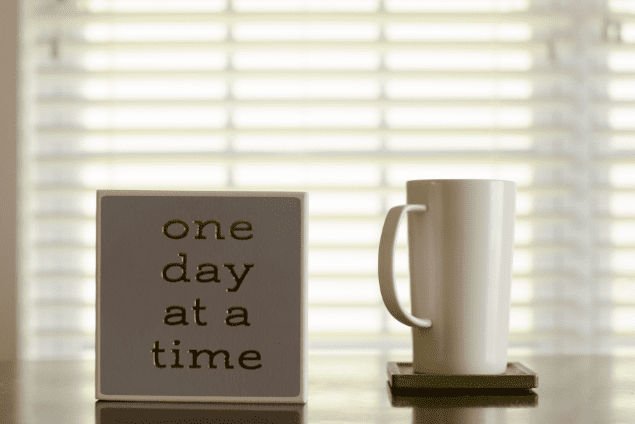Focus and Flow: How to have more focus at work every day.
What would you achieve with two hours of focus time in the workday? Time to focus is one of the top indicators of a better workday. It gives us the valuable opportunity to do what we really want in the day – get stuff done,
Focus time also allows you to experience the state of flow. You will know if you’ve been in a flow state if you find yourself so immersed in work that the time goes unchecked, and you finish with feelings of progress and satisfaction. If you have, then you have experienced flow at work.
Spending more of your workday in a flow state and focusing on the most important work benefits more than your productivity. You feel a sense of progress as you methodically move through your work. You rediscover the joy of work as you create space for tasks and projects that intrinsically reward you the most. All this improves your overall sense of well-being and happiness at work.
Are you focusing on the right work?
A focused day is only as valuable as the output it creates. If you have ever spent hours working on something only to find it was no longer needed, then you know what I mean by this statement.
Set SMART goals and be clear about the “why” or purpose of this work. If you work with a team, take the time to discuss what role each of you plays in the team’s success.
Focusing on the right work also means knowing what success looks like so you can measure your progress. This also helps create the flow state, which requires regular feedback to validate you are moving in the right direction.
Is your workload preventing you from being focused?
If we know that spending more time on focused activities is the better way to work, why don’t we do it more?
Heavy workload, distractions and interruptions increase your chances of multi-tasking and feeling stressed at work, making it harder for you to focus and flow.
Workload was the top cause of work-related stress in 2021 and 2022, according to the CIPD. A heavy workload also increases your likelihood of multi-tasking as you do your best to keep up with your work. This makes it harder for you to focus on a single item for long periods.
If you relate to this, then a workload review may be helpful. Discuss your current and upcoming work with your manager and look for anything that can be deferred, delegated or deleted. If you are a manager, this is one of the most practical ways you can support people’s well-being and performance at work.
What would a day with fewer distractions look like?
Whether you are working on-site, from home or somewhere in between, it’s unlikely that you will be in an environment free of distractions.
When we are distracted, it fragments our work, and everything takes longer to finish. If you want to check more things off your to-do list, here are three ways to reduce distractions at work.
- Reduce noise by using noise-cancelling headphones.
- Leave your phone in another room or your locker for part of the day.
- Keep a distraction list to capture thoughts about anything you want to follow up on later.
Our attention is like a muscle that strengthens with use. The more you practice monotasking, the better you’ll get at it.
How do you regain focus after interruptions?
What happens if your flow state gets interrupted? Research shows the interrupted person will work on two other things before returning to the task about 23 minutes later.
Interruptions are a part of working life. This spontaneous, unplanned communication is one of the main ways people get access to the help they need to do their job. However, interruptions result in a day that can feel hectic, even though you got nothing meaningful done.
Blocking out all interruptions might seem like the ideal solution, but what about the people who rely on your knowledge, experience and expertise to do their job?
Rather than try and remove interruptions entirely, you can manage them better and return to focus more quickly after they happen. Try some of these tactics to reduce the impact on your workday.
- Help others know when you are focusing on a key task using the status icon on tools like MS Teams and Slack.
- Write down what you are working on when you are interrupted to increase your chance of returning to the same task when the interruption is over.
- You can support each other as a team by scheduling a common “focus hour” every day or a couple of times weekly. Share your progress at the end of the hour to acknowledge everyone’s effort.
You will never spend an entire week in focus and flow, and neither would you want to. Variety is the spice of life and the key to an enjoyable working week. But making minor changes to your day could be the difference between logging off at the end of the workday with peace of mind and logging back into work in the evenings to get work finished.
Decide whether you will improve in the area of workload, distractions or interruptions this week and identify one change you can make to create more focus and flow in your workday.


